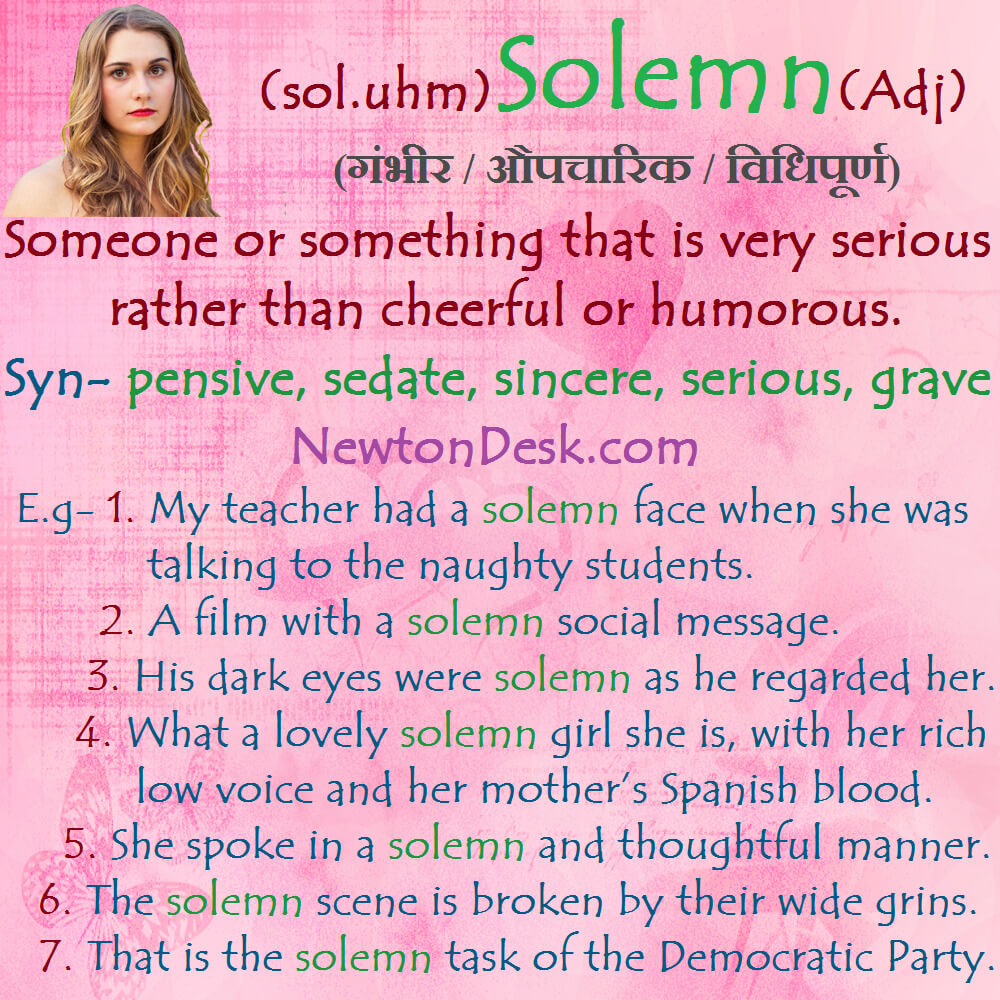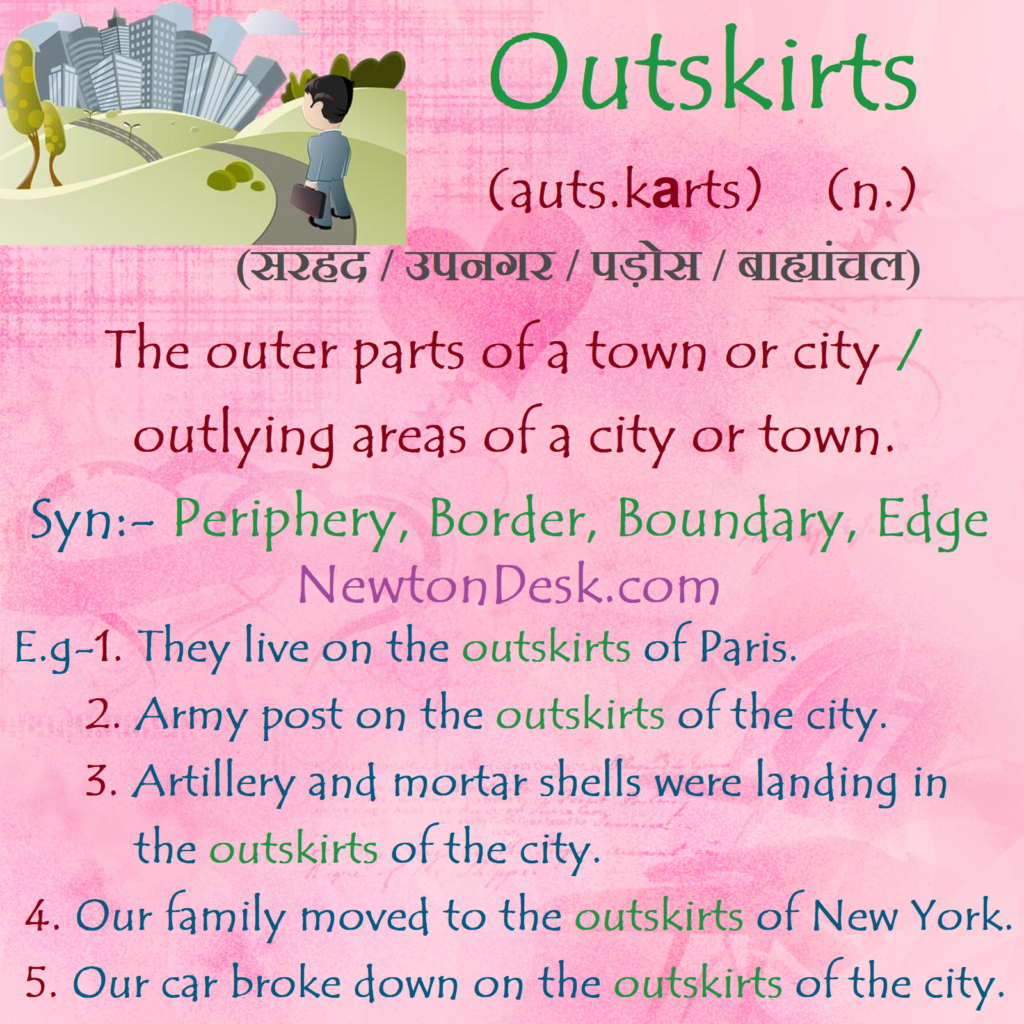96 Cm (Curium)
Appearance – Silvery metallic, glows purple in the dark (It tarnishes rapidly in air)
Mass number – 247
Atomic weight – 247.0703 g/mol
Atomic number (Z) – 96
Electrons: 96
Protons: 96
Neutrons: 151
Period – 7
Block – f
Element category – Actinide
Electrons per shell – K2, L8, M18, N32, O25, P8, Q2
Electron configuration – 1s22s22p63s23p63d104s24p64d105s25p64f145d106s26p65f76d17s2
Phase – Solid
Melting point – 1613 k (1340 oC)
Boiling point – 3383 k (3110 oC)
Density – 13.51 g/cm3
Half life(s) – 492×1012
Lifetime(s) – 710×1012
Decay mode – α decay
Neutron cross section (Barns) – 60
Heat of fusion – 13.85 kJ/mol
Oxidation states – 6, 4, 3, 2
Electronegativity – 1.3
Valence – 4
Ionization energies – 1st: 581 kJ/mol
Atomic radius – 174 pm
Covalent radius – 169± 3 pm
Crystal structure – Double hexagonal close-packed
Grid parameters – a=3.496, c=11.33
Attitude c/a – 3.24
Electrical resistivity – 1.25 μΩ•m
Magnetic ordering – Antiferromagnetic paramagnetic transition at 52 k
CAS Number – 7440-51-9
Naming – Named after Marie Sklodowska-Curie and Pierre Curie
Discovery – Glenn T. Seaborg, Ralph A. James, Albert Ghiorso (1944)
Isotopes – 242Cm 243Cm 244Cm 245Cm 246Cm 247Cm 248Cm 250Cm
Uses – It has been used to provide power to electrical equipment used on space missions.
Biological role – It is toxic due to its radioactivity.
Natural abundance – Curium can be made in very small amounts by the neutron bombardment of plutonium in a nuclear reactor and Minute amounts may exist in natural deposits of uranium
#Curium



I genuinely enjoy studying on this site, it has got great blog posts.